I asked this question on Unity Forum and Hyblademin answered it:
In mathematics, an iterative solution method is any algorithm which
approximately solves a system of unknown values like [x1, x2, x3 ...
xn] by repeating a set of steps (iterating). Often, the system of
interest is a set of linear equations exactly like those seen in
algebra class but with a prohibitively high number of unknowns.
Starting with a guess for the solution to each unknown, which could be
based on a similar, known system or could be from a common starting
point like [1, 1, 1 ... 1], a procedure is carried out which gives an
approximate solution which will be closer to the exact values. After
only one iteration, the approximation won't be a very good one unless
the initial guess was already close. But the procedure can be repeated
with the first approximation as the new input, which will give a
closer approximation.
After repeating a few more times, we can expect a reliable
approximation. It still isn't exact, which we could confirm by just
plugging in our answers into our original system and seeing that it
isn't quite right (after simplifying, we would end up with things like
10=10.001 or something to that effect). That said, if the
approximation is close enough for our application, we stop iterating
and use it.
These lecture notes courtesy of a Notre Dame course give a nice
example of this in action using the well-known Jacobi method. Carrying
out an iteration of an iterative method outputs an approximation that
is better than the input because the methods are defined in a way that
causes this to happen, and this is a property called convergence. When
looking at why any given method converges, things get abstract pretty
quickly. I think this is outside the scope of your question,
especially since I don't know what method(s) Unity uses anyway.
When physics is calculated in Unity, we end up with a lot of systems
of equations. We could draw a free-body diagram to show forces and
torques during a collision for a given FixedUpdate in a Unity runtime
to show this. We could try to solve them "directly", which means to
use logical relationships to determine the exact results of the values
(like solving for x in algebra class), but even if the systems are on
the simple side, doing a lot of them will slow the execution to a
crawl. Luckily, iterative, "indirect" methods can be used to get a
pretty good approximation at a fraction of the computing cost.
Increasing the number of iterations will lead to more precise
approximate solutions. There is a point where increasing the number of
iterations gives an increase in precision that is not at all worth the
processing overhead of doing another iteration. But the number of
iterations for this point depends on what you need your project to do.
Sometimes a given arrangement of physics objects will result in jitter
with the default settings that might be improved with more solver
iterations, which is mentioned in the manual entry. There isn't a
great way to determine if changing solver iteration counts will
improve behavior or performance in the way that you need, except for
just trial and error (use the Profiler for a more-objective indication
of performance impact).
https://forum.unity.com/threads/what-does-default-solver-iteration-means.673912/#post-4512004
